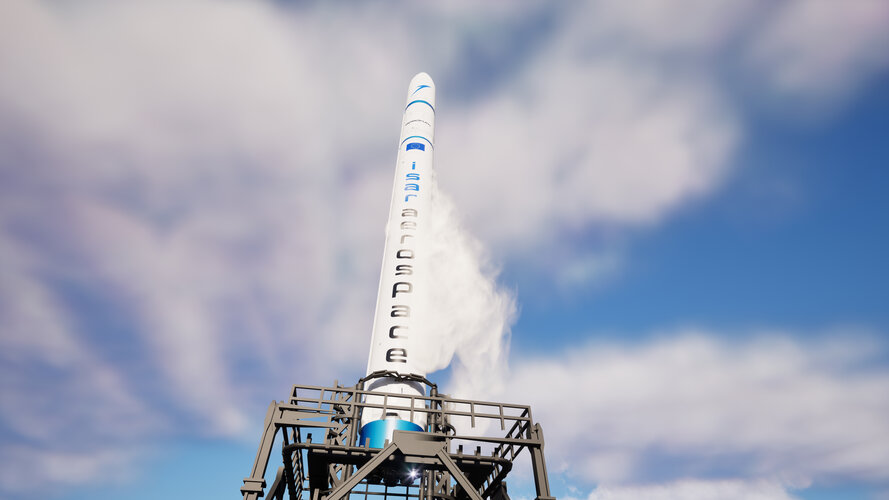Space Norway buys Telenor’s satellite business to expand space ambitions
Thursday, 16 November 2023 19:54

Firms are tackling challenges to unlock the potential of hyperspectral imagery
Thursday, 16 November 2023 18:26

How students built Ireland’s first satellite
Thursday, 16 November 2023 14:00 Video:
00:22:10
Video:
00:22:10
A team of university students from University College Dublin is taking Ireland to space, for the very first time. The story begins in 2017, when the team was accepted to ESA's educational CubeSat programme, Fly Your Satellite! Over the course of six years, they have designed, built, and tested the satellite with the help of ESA experts and with access to ESA's state-of-the-art spacecraft testing facilities. As the team prepares for launch and operations, hear more about their journey to this historic moment.
Hubble measures the size of the nearest transiting Earth-sized planet
Thursday, 16 November 2023 14:00
The NASA/ESA Hubble Space Telescope has measured the size of the nearest Earth-sized exoplanet that passes across the face of a neighbouring star. This alignment, called a transit, opens the door to follow-on studies to see what kind of atmosphere, if any, the rocky world might have.
Project Kuiper ready for satellite production after successful prototype tests
Thursday, 16 November 2023 14:00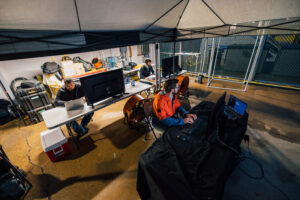

China launches new-gen Haiyang ocean monitoring satellite
Thursday, 16 November 2023 12:55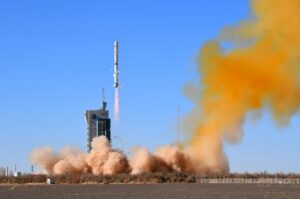

Over the Moon, one year later
Thursday, 16 November 2023 10:55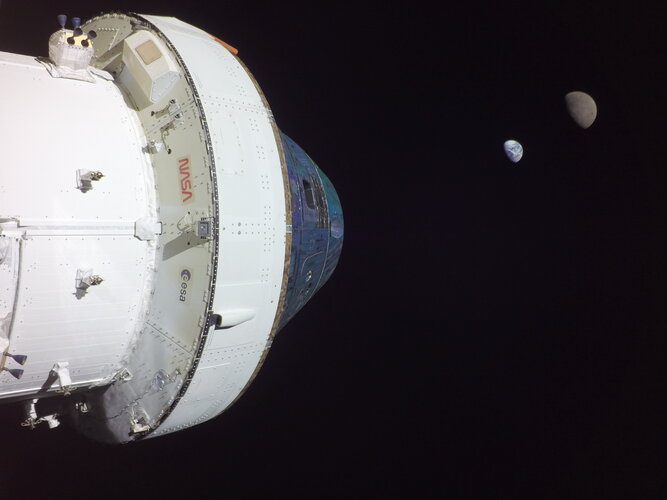 Image:
Over the Moon, one year later
Image:
Over the Moon, one year later NASA exploration head Free to become associate administrator
Thursday, 16 November 2023 08:49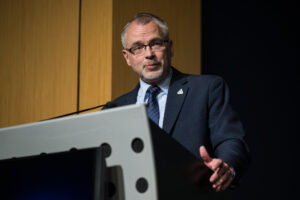

House Science Committee delays vote on commercial space bill
Thursday, 16 November 2023 08:26
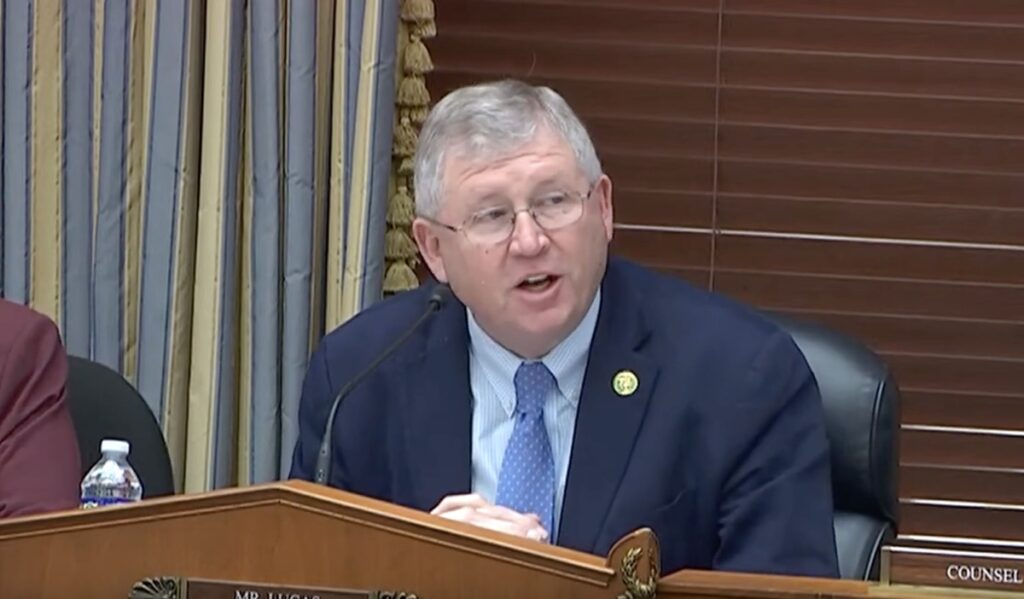
ReOrbit's Report Highlights Software-First Satellites as Key Growth Drivers in Space Industry
Thursday, 16 November 2023 08:18 The global space sector is witnessing a significant transformation, fueled by new supply and demand dynamics, disruptive innovations, and transformational business models. As reported in the recently released market report, "Software-first satellites: essential growth lever for space," this change is largely driven by the increasing importance of digital technologies. Produced jointly by ReOrbit
The global space sector is witnessing a significant transformation, fueled by new supply and demand dynamics, disruptive innovations, and transformational business models. As reported in the recently released market report, "Software-first satellites: essential growth lever for space," this change is largely driven by the increasing importance of digital technologies. Produced jointly by ReOrbit Globalsat Group will provide IoT and broadband connectivity solutions over ARSAT's capacity
Thursday, 16 November 2023 08:18 In a significant advancement for regional telecommunications, Globalsat Group has forged a strategic alliance with ARSAT (Empresa Argentina de Soluciones Satelitales Sociedad Anonima), a key player in the Argentine satellite communications sector. This partnership was officially announced last week at the ARSAT teleport in Benavidez, Buenos Aires province, marking the launch of a groundbreaking
In a significant advancement for regional telecommunications, Globalsat Group has forged a strategic alliance with ARSAT (Empresa Argentina de Soluciones Satelitales Sociedad Anonima), a key player in the Argentine satellite communications sector. This partnership was officially announced last week at the ARSAT teleport in Benavidez, Buenos Aires province, marking the launch of a groundbreaking Over 3,000 Rural Base Stations launched in Africa via Intelsat and AMN collaboration
Thursday, 16 November 2023 08:18 In a significant development in the telecommunications landscape of Africa, Intelsat, a prominent operator of a vast integrated satellite and terrestrial network, has joined forces with Africa Mobile Networks (AMN) to dramatically expand cellular coverage across the continent. Since their collaboration began in 2018, they have successfully deployed over 3,000 rural base satellite antennas in sev
In a significant development in the telecommunications landscape of Africa, Intelsat, a prominent operator of a vast integrated satellite and terrestrial network, has joined forces with Africa Mobile Networks (AMN) to dramatically expand cellular coverage across the continent. Since their collaboration began in 2018, they have successfully deployed over 3,000 rural base satellite antennas in sev System mimics human muscles to prevent slippage on robotic rovers
Thursday, 16 November 2023 08:18 In an era where planetary exploration increasingly relies on unmanned rovers, ensuring their safe and effective navigation across challenging extraterrestrial terrains is paramount. This is especially true in environments like Mars or the Moon, where surfaces are often covered with regolith-a fine, loose material that can significantly impair rover mobility. Addressing this challenge, researcher
In an era where planetary exploration increasingly relies on unmanned rovers, ensuring their safe and effective navigation across challenging extraterrestrial terrains is paramount. This is especially true in environments like Mars or the Moon, where surfaces are often covered with regolith-a fine, loose material that can significantly impair rover mobility. Addressing this challenge, researcher 

